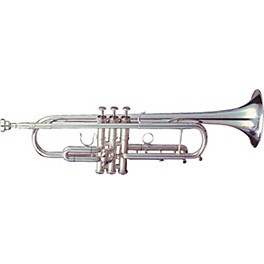Brass Instruments
Though many think of brass instruments as those constructed of brass metal, the category includes some instruments made of other materials, and excludes some that are made of brass. For most experts, the brass category is defined as instruments whose sound is produced by vibration created by the player's lips through a tubular resonator. With this, the brass category excludes instruments such as the saxophone, which is made of brass, and includes some instruments made of wood, such as the didgeridoo.
The most common brass instruments are the trumpet, trombone and tuba, plus a variety of horns, including the French horn. The trumpet, trombone and tuba are typically fitted with a cupped mouthpiece, while other horns usually employ a conical mouthpiece. Most brass instruments, at least those constructed of brass or other metals, use valves or a slide as the primary pitch adjustment. Some brass instruments incorporate one or more slides in addition to valves, allowing the player to make subtle pitch adjustments above or below that of the valved note. Whether using valves or a slide as the primary adjustment, both methods involve the lengthening of the tubed distance between the player and the bell.
Unlike woodwind instruments, which produce omnidirectional sound, brass instruments project the majority of their sound straight outward from the bell, meaning their sound is often highly directional. Care must be taken to prevent balance issues when brass instruments perform with those of other categories in live and recording situations.

 Find in stores
Find in stores

